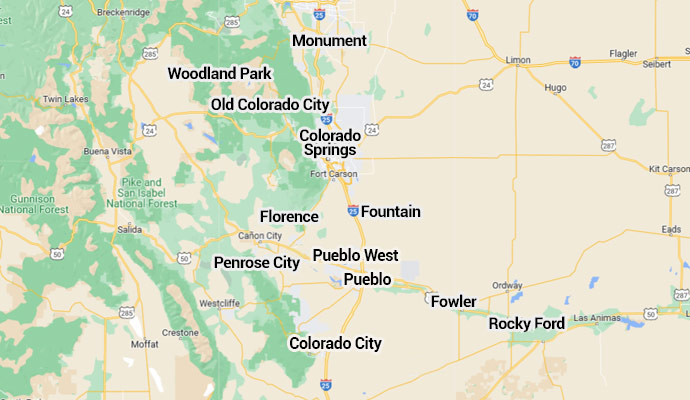Asbestos Awareness Has Been an Uphill Battle

Asbestos is a naturally occurring mineral that was mined in Colorado and widely used in the United States for many decades because of its desirable properties such as heat resistance, durability, and insulation. However, its use declined dramatically in the late 20th century after it was discovered that exposure to asbestos fibers can cause serious health problems, including lung cancer and mesothelioma. The history of asbestos elimination in the United States can be divided into several key periods:
1. Early Awareness of Asbestos Risks (1920s-1960s): During this time, recognition of the health risks associated with asbestos began to emerge when reports of lung problems in asbestos workers first appeared. Some early studies on asbestos-related health problems were published, but they were largely ignored. The dangers of asbestos exposure were largely unknown to the general public and its use continued to grow.
2. Heightened Awareness and Regulation (1960s-1980s): In the 1960s and 1970s, more comprehensive studies on the health effects of asbestos exposure were conducted, leading to greater public awareness of its dangers. Despite this growing awareness, asbestos use continued for several more decades, with many companies downplaying or denying the dangers associated with their products. This period also saw the introduction of the first regulations aimed at controlling asbestos exposure in the workplace, including the Occupational Safety and Health Act of 1970.
3. Ban and Phase-Out of Asbestos (1980s-Present): In the 1980s, the Environmental Protection Agency (EPA) attempted to ban asbestos in the United States. The EPA proposed the ban under the authority of the Clean Air Act, citing the dangers of asbestos exposure to human health. The proposed ban was met with strong opposition from the asbestos industry, and a legal challenge was filed against it. The ban was ultimately overturned in court, but the controversy surrounding asbestos and its dangers received widespread media attention, leading to increased public awareness of the risks associated with its use. Despite the failed ban, asbestos use declined dramatically in the following years as regulations were introduced and its dangers became more widely known.
4. Asbestos Litigation and Compensation (1980s-Present): In the late 20th century, asbestos-related health problems became a major focus of legal action, with thousands of lawsuits being filed against companies that manufactured and used asbestos products. These lawsuits helped to compensate victims of asbestos exposure and also led to greater public awareness of its dangers.
Despite the decline in asbestos use and increased regulations, asbestos is still present in many older buildings and structures, posing a potential risk to workers and building occupants. In addition, asbestos is still imported into the United States for certain uses, although in much smaller quantities than in the past.
In conclusion, the history of asbestos elimination in the United States has been marked by increased awareness of its dangers, the introduction of regulations aimed at controlling exposure, a decline in its use, and ongoing legal action to compensate victims of exposure. Despite these efforts, asbestos continues to pose a risk to public health, and further action is needed to eliminate its use and mitigate its dangers.
If you believe your property has been affected by asbestos, contact Cyclone Kleen Up. We have trained and certified staff who can perform asbestos testing & removal in Colorado Springs, Pueblo, Penrose, Salida and throughout our service area.To learn more, call 719-299-3887 or click here to schedule asbestos removal services ASAP at your property in Colorado.






